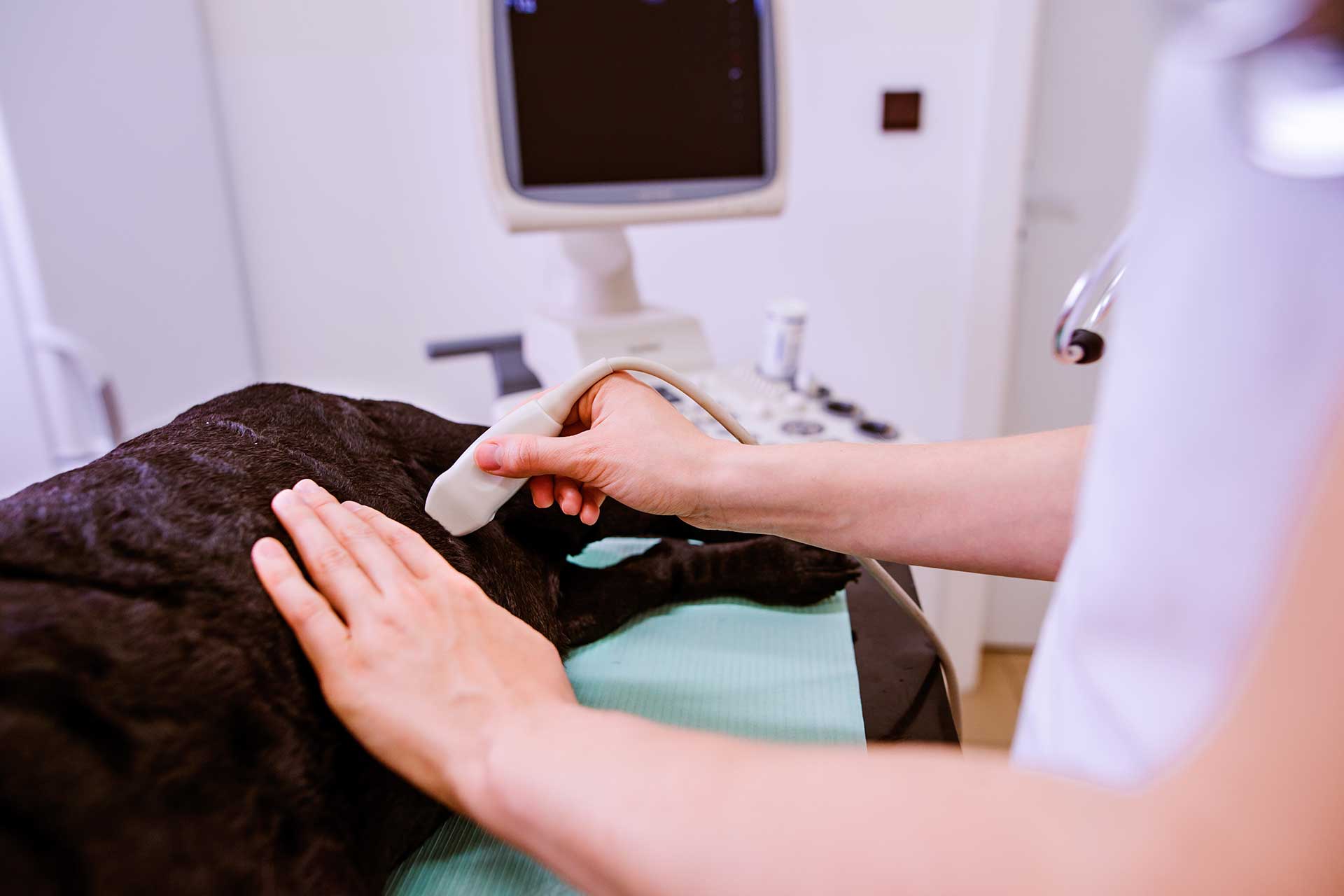Orthopaedic and Rehabilitation Services For Pets
Orthopaedic surgery is not something that every veterinary practice is able to provide. At Vetwest we have a number of veterinarians who have qualifications in small animal surgery and have many years experience performing small animal orthopaedic procedures. Our veterinary team provide a full range of services including diagnosis, X-Ray, surgery and rehabilitation.
At Vetwest, your pet’s well-being is looked after every step of the way by our dedicated team of vets and nurses. Our surgical suites are excellently equipped with high-end equipment that is serviced on a regular basis.
Even before surgery begins, we ensure your pet is receiving the best type of pain relief and management available to ensure your pet is as comfortable as possible. We will recommend blood tests are performed to ensure your pet’s internal organs are healthy and strong before their anaesthetic.
After surgery, we are proactive about getting your pet back on their paws and living their best life once again.
Cruciate Ligament Disease and TPLO
The cranial cruciate ligament is a ligament in the knee designed to prevent the femur (thigh bone) moving relative to the tibia (shin bone). When this ligament is damaged there can be excessive movement within the joint which can be a cause of limping and pain. Cruciate damage in dogs is usually a result of a degenerative change within the ligament, as opposed to a traumatic injury most commonly seen in people.
Surgery is usually required to help provide stabilisation to the knee joint. In most instances, the surgery that will be recommended is a TPLO (Tibial Plateau Levelling Osteotomy). This is a procedure that involves cutting and rotating part of the tibia to change the angles within the joint. Changing this angle creates a stable joint which is much more comfortable for our patients.
Unfortunately, damage to the cruciate ligament is a trigger for arthritis within the joint, so it is important all patients get lifelong joint support such as joint supplements and weight control to minimise the impact of arthritis in these joints.
Patellar Luxation
The patella, or kneecap, is a small bone that sits within a large tendon at the front of the knee. The patella should sit within a groove at the end of the femur (thigh bone). In some animals, the patella luxates or moves out of this groove. In some patients, this causes no problem but in others, it can be a painful condition, as well as leading to the development of arthritis. It can also be involved with rupture of the cranial cruciate ligament.
For patients considered a candidate for surgery, the surgery usually involves several parts. Firstly the groove in the femur is deepened, and then we perform a tibial tuberosity transposition (TTT). A TTT involves moving the boney attachment of the patella tendon on the tibia (shin bone) and use pins to reattach the bone in a position that better aligns the patella with the groove.
For some dogs patellar luxation is a trigger for arthritis within the joint, so it is important all patients get lifelong joint support such as joint supplements and weight control to minimise the impact of arthritis in these joints.
Fracture Repair
Broken bones are usually due to an accident such as being hit by a car, accidentally stepped on, or being attacked by another dog. Due to the severity of the trauma dogs and cats can suffer other internal injuries at the same time as their broken bones, and it is important these are managed in conjunction with any attempt to repair a broken bone.
Once any internal injuries have been managed fractured or broken bones can be repaired using multiple different methods. The method used to fix a particular fracture is usually dependant on the type of fracture and the bone involved, and this would be discussed with the owner prior to surgery. Usually, a period of exercise restriction is required after surgery, and it is important this is performed correctly to increase the chance of a successful outcome. Although the aftercare can be lengthy, most fractures can be repaired and most animals can eventually return to a relatively normal degree of function.
Arthroscopy (Keyhole Surgery) and Elbow Dysplasia
Elbow Dysplasia is a condition caused by abnormal development of the elbow joint. There are several types of elbow dysplasia but the most commonly seen is medial coronoid disease (also known as a fragmented medial coronoid process). In this condition, an abnormal rate of growth of the radius and ulna during development can lead to a fissuring of the cartilage within the joint. This can cause pain and limping but is also a trigger for the development of arthritis.
Diagnosis of elbow dysplasia is usually made through a combination of physical exam and X-rays, although sometimes a CT scan is recommended to confirm the disease.
Treatment of medial coronoid disease usually involves arthroscopy, which is keyhole surgery where a camera and small instrument are placed within the elbow joint and the damaged cartilage and bone are removed. It is also important that all dogs with elbow dysplasia get lifelong joint support such as joint supplements and weight control to minimise the impact of arthritis in these joints.
Arthroscopy (Keyhole Surgery) and Ostechondritis Dissecans (OCD)
Osteochondritis dissecans (OCD) is a developmental disorder of cartilage growth which results in an abnormal area of cartilage resulting in pain and limping, as well as being a trigger for the development of arthritis. In most instances, this results in a flap of abnormal cartilage becoming separated from the underlying bone.
OCD is most commonly seen in the shoulder but can be found in other joints such as the elbow and hock. It is most commonly diagnosed on physical exam and X-rays, but sometimes CT scan is necessary to confirm the diagnosis.
OCD is most commonly treated using arthroscopy (keyhole surgery). This involves placing a small camera and instruments into the joint to remove the cartilage flap, which allows another type of cartilage to help fill the defect. OCD is a trigger for arthritis within the joint so joint care such as weight loss and joint supplements will help in the longer term.
Perineal Hernia
A perineal hernia is a separation of the muscles that form the back wall of the abdomen, also known as the pelvic diaphragm. Once this hernia has developed fat and other abdominal contents such as the bladder or small intestine can exit the abdomen and cause a swelling that is seen near the anus. Perineal hernias are most commonly seen in entire (uncastrated) male dogs.
Surgery is recommended to repair the hernia as life-threatening complications can occur if any internal organs get trapped in the hernia. Dogs are usually castrated at the same time as their hernia surgery to help minimise the risk of failure of the hernia repair. The surgery to repair a perineal hernia most commonly involves suturing the muscle of the pelvic diaphragm together. This is most commonly performed in combination with moving an internal muscle to allow proper closure of the hernia.
Vetwest Surgeons
Chad Marriott BSc BVMS MANZCVS (Surgery)
Vetwest Whitfords
Chad graduated from Murdoch University in 1999, and after several years in mixed practice in Perth, he headed to the UK, where he worked and travelled for 4 years before moving to New Zealand and working in a predominately feline practice for 12 months.
In 2010 Chad become a Member of the Australian and New Zealand College of Veterinary Scientists in Small Animal Surgery. Since then he has been working in a variety of roles, all of which have involved a high surgical caseload.
Within work, Chad’s interests are fracture repair and cruciate disease, and outside work, he enjoys triathlon and travel.






